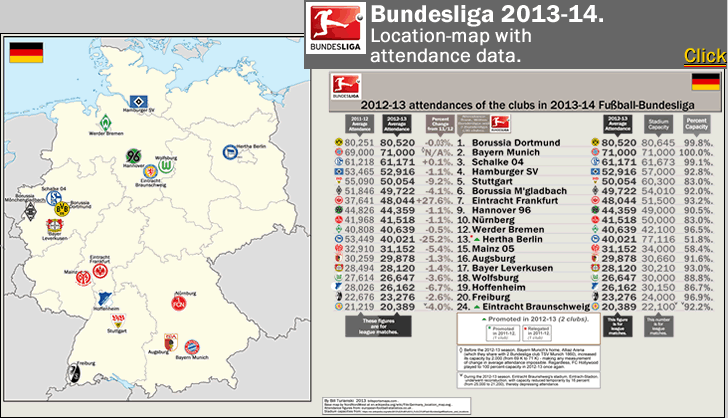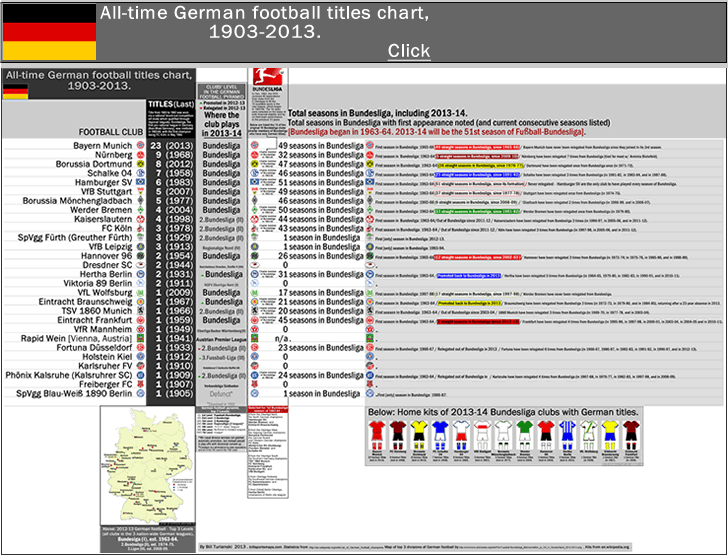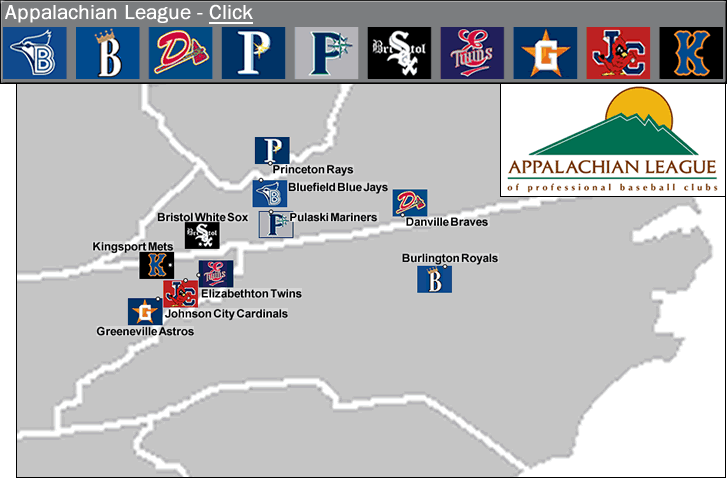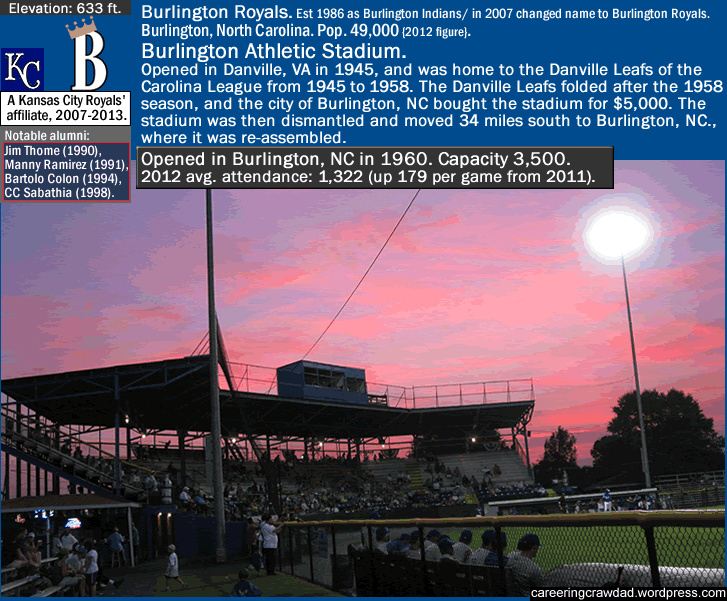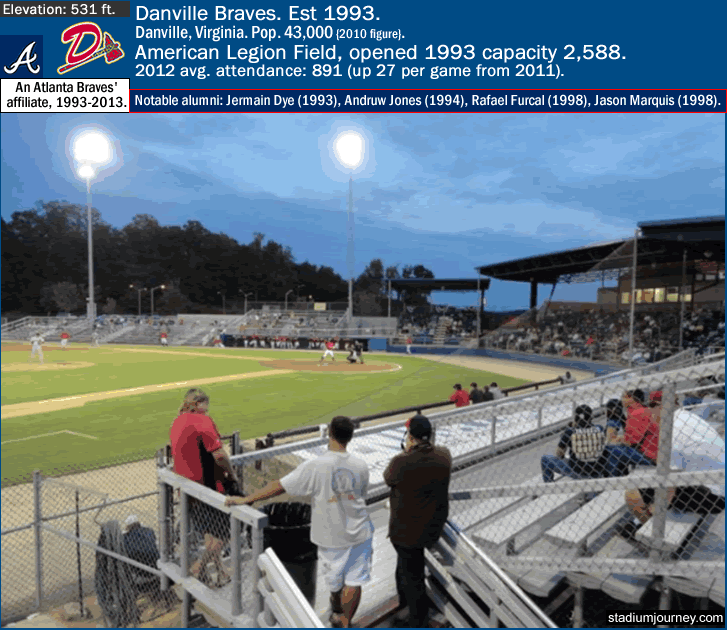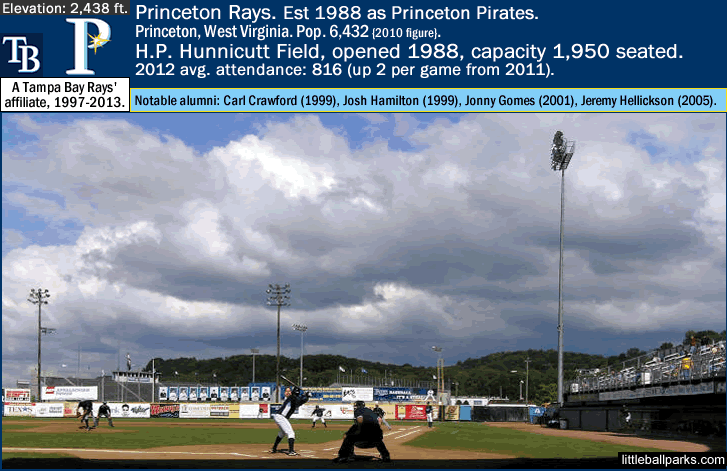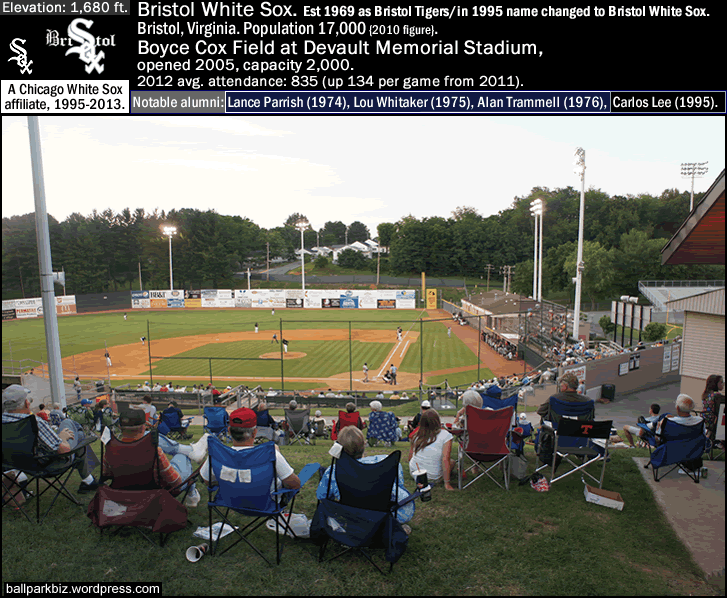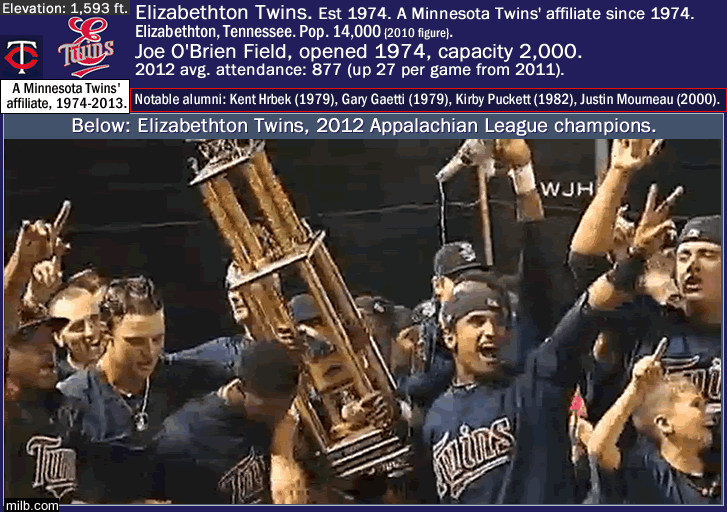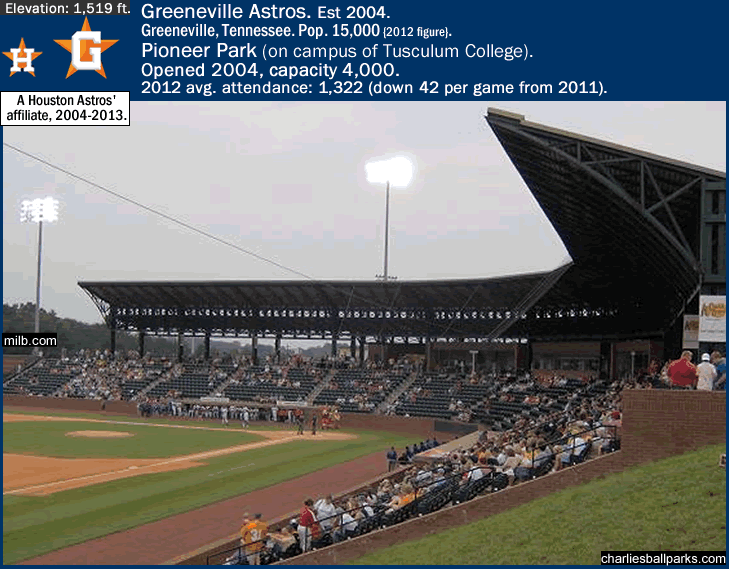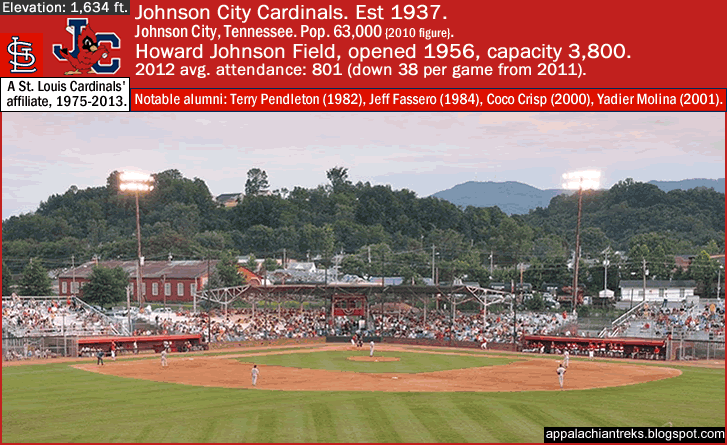
League Championship – 2013-14 Location-map, with attendance data & 2013-14 kit badges
…
…
Note: to see my latest map-&-post of the English 2nd division, click on the following, category: Eng-2nd Level/Champ’ship.
…
Football League Championship – Fixtures, Results, Table (soccerway.com).
From bbc.co.uk, from 19 June 2013, ‘Championship fixtures 2013-14: QPR start against Sheff Wed‘ (bbc.co.uk/sport/football).
From bbc.co.uk, from 31 July 2013, by Phil Maiden, ‘Championship 2013-14 season: Club-by-club guide‘ (bbc.co.uk/sport/football
From Historical Football Kits site, ‘Sky Bet Championship 2013 – 2014 [Kits of all 24 Championship clubs in the 2013-14 season]‘ (historicalkits.co.uk).
From The Two Unfortunates, from 24 July 2013, by Lanterne Rouge, ‘TTU GO PREDICTING: A CLUB-BY-CLUB CHAMPIONSHIP PREVIEW‘ (thetwounfortunates.com).
From Guardian.com/football, from 27 July 2013, by Sachin Nakrani, ‘Twenty things to look out for in the Football League this season
How will Brighton fare without Gus Poyet, can Yeovil’s incredible rise go on and can Gianfranco Zola stir up the Hornets again?‘. (guardian.co.uk/football).
…
-
League Championship – 2013-14 Location-map, with attendance data & 2013-14 home kit badges.
Facsimiles of each clubs’ home jersey badges for the 2013-14 season are shown, in alphabetical order, across the the top of the map page. Below that, at the lower left, is a location-map of the clubs in the 2013-14 League Championship. Included on the map, this time, I have listed which historic county or metropolitan-area each club comes from. At the lower right of the map page is attendance data from the 2 previous seasons. Last season, of these 24 clubs which comprise the 13/14 Championship, Brighton & Hove Albion drew best at 26,236 per game (and with an impressive 85 percent-capacity at their excellent new two-year-old venue, the Amex at Falmer).
Meanwhile, the lowest-drawing club that is in the 2013-14 Championship is, of course, second-tier-debutantes Yeovil Town, of Yeovil, Someset (population of around 52,000 {2002 figure}). Yeovil Town drew 4,071 per game last season in League One. 72 other clubs in the Premier League or the Football League (the 2nd, 3rd, and 4th divisions) or the Conference (the 5th Level) drew higher than Yeovil Town drew last season {note: you can see each club’s 12/13 attendance-rank at the center of the attendance-data-chart on the map page]. Yeovil Town, nicknamed the Glovers, tried for years and years to get elected to the Football League back when you couldn’t play your way in (pre-1986-87). They found other ways to get their foot in, by turning into a Cup-specialist club (once beating Sunderland in the 4th Round of the FA Cup [in 1949]). 11 seasons ago, in 2002-03, Yeovil Town finally got into the League, winning the Conference National, led by a young Gary Johnson during his first spell (2001-05) as Yeovil’s manager. Then when Gary Johnson got them promoted to the 3rd tier, in 2004-05, folks were saying this little club from the West Country were punching above their weight. Now, a season after Johnson’s return and another promotion, the Glovers are REALLY punching above their weight. One usually does not see such a small club in the English second division…certainly not in the last 25 years. We haven’t seen such a small club from such a small town as Yeovil in the 2nd tier since current-4th-division-side Scunthorpe United were relegated from the Championship in 2011 (and Scunthorpe, North Lincolnshire is a bit bigger – it has a population about 20,000 larger than Yeovil, at around 72,000 {2010 figure}). Before that, Crew Alexandra of Crewe, Cheshire were in the second division from 2003-04 to 2005-06 (Crew has a population of around 65,000 {2011 figure}). Before that, Bury FC of Bury, Greater Manchester were in the second division for a 2-year-spell from 1997 to ’99 (Bury has a borough population of around 60,000 {2001 figure}). Before that, Shrewsbury Town, of Shrewsbury, Shropshire were in the second division for a couple of spells, last in 1988-89 (Shrewsbury has a population of around 70,000 {2011 figure}. Before that, Carlisle United, of Carlisle, Cumbria were in the second division for a 4-season-spell from 1982 to ’86 (Carlisle has a population of around 71,000 {2001 figure}. So that is going back 30 years, and all these towns just listed above are all bigger than Yeovil. You have to go all the way back to 1982-83 (31 years ago) to find a second division club from a city smaller than Yeovil – and that is Wrexham, North Wales, home of the current-Non-League-side Wrexham FC (Wrexham, Wales has a population of around 42,000 {2001 figure}).
[sources: http://en.wikipedia.org/wiki/Football_League_Championship ;
http://www.myfootballfacts.com/Second_Division_Tables_1946-47_to_1991-92.html; http://www.footymad.net.]
For Yeovil Town FC and their supporters this season, there will be good times in store at the 9,565-capacity Huish Park, there in south Somerset… even if the green-and-white hooped Glovers, led-by ex-Latvia and ex-Bristol City gaffer Gary Johnson, go straight back down (please don’t).
…
As to the kit badge facsimiles I have assembled, one club – Bolton Wanderers – have a new design for their official crest and their kit badge. It is actually a re-working of an older design, with those silly streaming red-and-blue ribbons now gone, and a more traditional horizontal-red-ribbon-with-red-rose-of-Lancashire device added, see this, ‘The Rose returns: Bolton Wanderers’ brand new badge is real‘ (lionofviennasuite.com [SB Nation]). Another club, the just-promoted AFC Bournemouth, have re-vamped their official crest {see it here at their Wikipedias page, but have kept the old one on their 13/14 kits. With the Cherries’ new crest, gone is the ribbon-banner that contained the club’s name, and gone are the red/white vertical-stripes. With the new crest, the shield is larger and contains the club’s name, which is now at the top of the shield and in a modern gold sans-serif font; also there are now some red/black vertical-stripes (to reflect the home jersey-style of recent years). Bournemouth’s main crest element – the player’s-head-with-stylized-motion-streaked-hair-who-is-heading-a-ball – remains, but now the red in the crest is darker and very slightly more raspberry-reddish – to reflect the shade of red that the Dorset-based club has been wearing the past few years {see this, http://www.afcb.co.uk/news/article/2013-06-01-cherries-launch-championship-kits-851694.aspx}.
Not counting background color or colors, this season, the League Championship has 9 clubs which sport home kit badges that are different from their official crest – here they are…
-Barnsley: a dark-red-bordered shield device frames the distinctive crest of the Tykes of South Yorkshire.
-Blackpool: the usual color-reverse for the text elements on the outer-rim of the Seasiders’ crest.
-Derby County: like last year, the Rams sport just the minimalist-ram-in-profile, shown larger and without the framing disc or the text elements. With black collars on their traditional whites, its a great look.
-Huddersfield Town: as with the last couple of seasons, the Terriers of West Yorkshire have a shield framing their crest, plus a three-star device at the top (the stars are for the cub’s 1923, 1924, and 1925 English titles); this year the shield has a dark blue border and the stars are gold (last season both were black).
-Ipswich Town: like last year, the Tractor Boys of Suffolk, East Anglia have a white three-star device at the top of their work-horse-in-crenellated-shield crest (the stars are for the cub’s 1962 English title, their 1978 FA Cup title, and their 1981 UEFA Cup title).
-Millwall: celebrating 20 years at their Bermondsey, South London home of the New Den, the Lions have a disc encircling their rampant-lion-crest, with the words [in all-caps] ‘Twenty Years At The New Den – 1993 -2013′; plus the home jersey features a nice double-thick-pinstripe effect in white-on-navy-blue.
-Nottingham Forest: as the club did last year, atop their singular modernist-tree-on-river crest [which is a color reverse of their official crest], there are 2 white stars for Forest’s two European titles (won in 1979 & 1980 when the legendary Brian Clough was their manager).
-Watford: here is the club’s announcement on their new kits: ‘Watford’s new kits for 2013/14 will feature stylish monochrome club crests – although the official club crest will remain absolutely unchanged’. So, this season, for the Hornets of Hertfordshire, in their home kit there is no red trim (besides sponsor logo), and in the club’s head-of-Hart-of-Hertfordshire-in-a-polygon crest their home kit badge has no red – only black-and-yellow. Why? Maybe their Italian owners think the stag on their crest looks more stylish this way.
-Wigan Athletic: this is the second straight year Wigan have featured a gold-disc-outline on their Wigan-Tree-in-crown badge. The disc-outline of the Latics’ official crest is in their ‘electric blue’ color; but actually, Wigan are sporting a darker shade of light royal blue this season, and have a thinner-vertical-stripe-pattern on their nice-looking home jersey {see this from (laticsshop.net) – old school style, harking back to Wigan’s late ’70s/early ’80s-first-years-in-the-Football-League era.
The just-relegated Wigan Athletic, of Wigan, Greater Manchester, have now become the only club in the history of association football to have won the FA Cup title and to have been relegated in the same season. Manager Roberto Martinez has moved on to a bigger club nearby (Everton), and ex-St. Johnstone, ex-Burnley, and ex-Bolton manager Owen Coyle is at the helm. Maybe another new arrival, burly-but-deft-touch-striker Grant Holt, will power Wigan right back to the Premier League so they can reclaim their 4-out-of-8-seasons’-status as the lowest-drawing top-flight club (QPR were the lowest-drawing club in the Premier League last season and in 2011-12, while in 2005-6 it was Portsmouth, and in 2010-11 it was Blackpool).
…
From en.wikipedia.org, ‘2013–14 Football League Championship‘ (en.wikipedia.org).
__
Thanks to Football League site for 2012-13 attendance figures, football-league.co.uk//DivisionalAttendance. Thanks to European-Football-Statistics.co.uk, for the 2012-13 attendance figures of the 3 relegated teams (QPR, Reading, Wigan), european-football-statistics.co.uk/attn.htm.
Thanks to Derby County online store for the photo segment of the 2013-14 home kit, dcfcmegastore.co.uk/item/mens-replicakit-homekit_1314-home-shirt.
Thanks to garibaldired for uploading a photo of the 2013-14 Nottingham Forest home kit at forestforum.co.uk/thread [image later scrapped, see comment #1 & 2 below]. / Thanks to nottinghamforestdirect.com for the Nottingham Forest 13/14 home kit badge photo, http://nottinghamforestdirect.com/stores/forest/products/kit_selector.aspx?selectorid=302&CMP=KNC-Google2&portal=nottppc&cur=USD..
Thanks to bogdan at lufctalk.com/forums for uploading a photo of the Leeds United kit badge at lufctalk.com/forums/index.php?topic=5589.
Thanks to FootyHeadlines.com for this gallery of the new Middlesbrough kits, http://www.footyheadlines.com/2013/05/middlesbrough-13-14-2013-14-home-and.html.
Thanks to FootyHeadlines.com for the photo of the Millwall 2013-14 badge, http://www.footyheadlines.com/2013/06/millwall-13-14-2013-14-home-and-away.html
Thanks to QPR shop, http://www.shop.qpr.co.uk/gb/item/adult-pre-match-jacket-102508.
Thanks to Footballkitnews.com, for photo of Watford 2013-14 kit badge, http://www.footballkitnews.com/9112/new-watford-kit-2013-2014-puma-watford-fc-home-shirt-13-14-138-com-sponsor/.
Thanks to htafcmegastore.com at htafc.com for 2013-14 Huddersfield Town kit badge.
